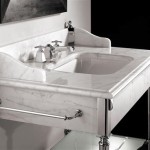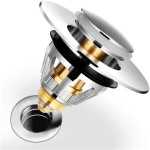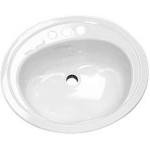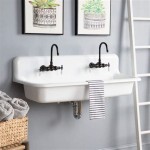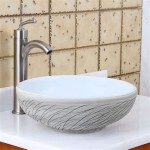Bathroom Sink Tailpiece Installation: Essential Aspects for a Functional and Leak-Proof Assembly
Installing a bathroom sink tailpiece is a crucial step in plumbing to ensure proper drainage and prevent leaks. Understanding the essential aspects of this task enables homeowners to tackle it with confidence, avoiding potential issues and ensuring long-term functionality. This article explores the fundamental elements involved in sink tailpiece installation, providing a comprehensive guide for a successful outcome.
Before delving into the details, it's essential to recognize the part of speech of "Bathroom Sink Tailpiece Installation." As a noun, it refers to the act of installing the component that connects the sink to the drainpipe. With this understanding, we can explore the key aspects that contribute to a seamless and effective installation process.
Material and Compatibility
The choice of tailpiece material is critical for durability and corrosion resistance. Common options include PVC, metal, and flexible tubing. Ensure compatibility with your sink and drainpipe to avoid fitting issues and leaks.
Length and Flexibility
Select a tailpiece of appropriate length to reach the drainpipe without excessive bending. Flexible tubing provides versatility for varying setups. Consider the distance between the sink drain and the drainpipe, allowing for some slack for future adjustments.
Connections and Seals
Proper connections are essential. Tighten the slip nuts connecting the tailpiece to the sink drain and drainpipe securely, using an adjustable wrench. Use plumbers' putty or Teflon tape to create a watertight seal at the joints, preventing leaks.
Slope and Drainage
Maintain a slight downward slope from the sink to the drainpipe to ensure proper drainage. This prevents water from pooling in the tailpiece, reducing the risk of clogs and unpleasant odors.
Tools and Safety
Gather the necessary tools, including an adjustable wrench, plumbers' putty, and Teflon tape. Wear proper safety gear, such as gloves and safety glasses, to protect yourself during installation.
Conclusion
Installing a bathroom sink tailpiece effectively involves understanding the material, compatibility, length, flexibility, connections, slope, drainage, tools, and safety. By addressing these essential aspects, homeowners can achieve a functional and leak-proof assembly, ensuring optimal drainage and a sanitary bathroom environment.
How To Install Bathroom Sink Drain Queen Bee Of Honey Dos
How To Install Bathroom Sink Drain Queen Bee Of Honey Dos
How To Install Bathroom Sink Drain Queen Bee Of Honey Dos
How To Install Bathroom Sink Drain Queen Bee Of Honey Dos

How To Install A Pipe From Sink Drain Wall Ehow

Bianchina Swapping Out A Bathroom Sink Drain And Pop Up

How To Install A New Sink Tailpiece And P Trap
How To Install Bathroom Sink Drain Queen Bee Of Honey Dos
How To Install Bathroom Sink Drain Queen Bee Of Honey Dos

How To Easily Connect The Plumbing For A New Bathroom Sink Hometips
